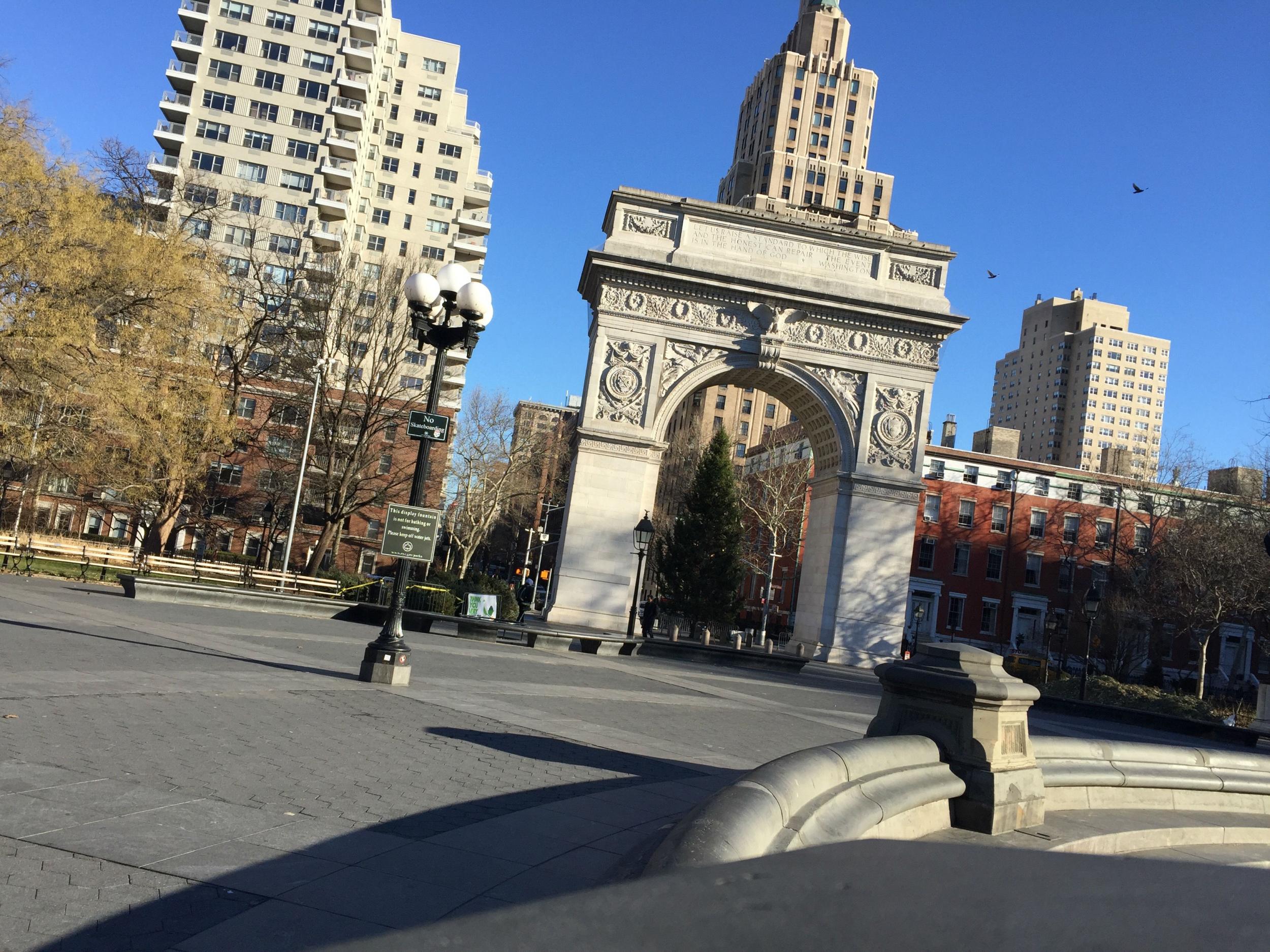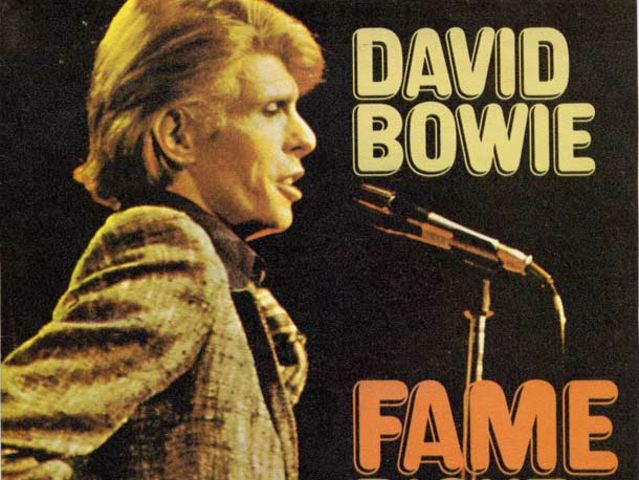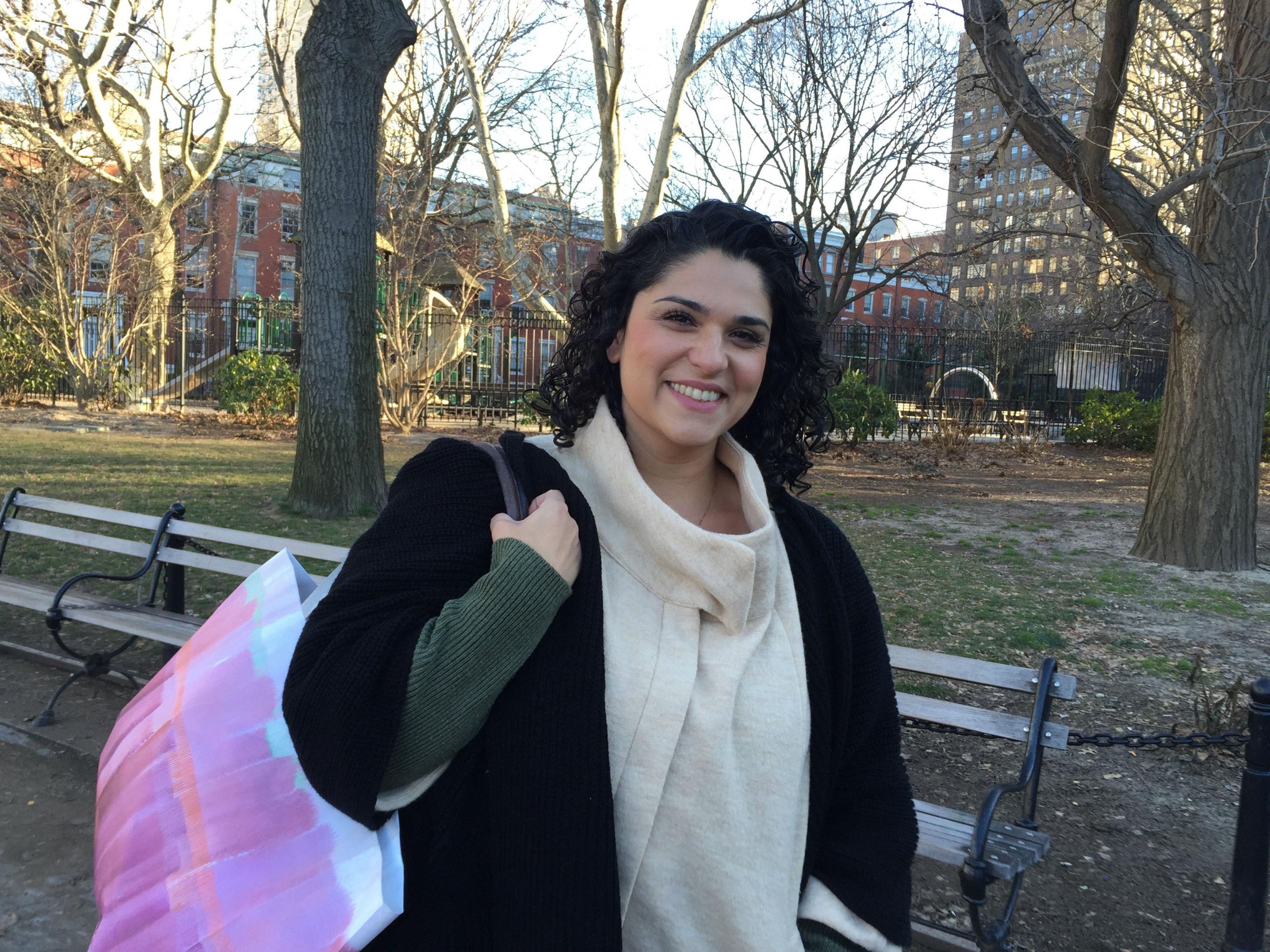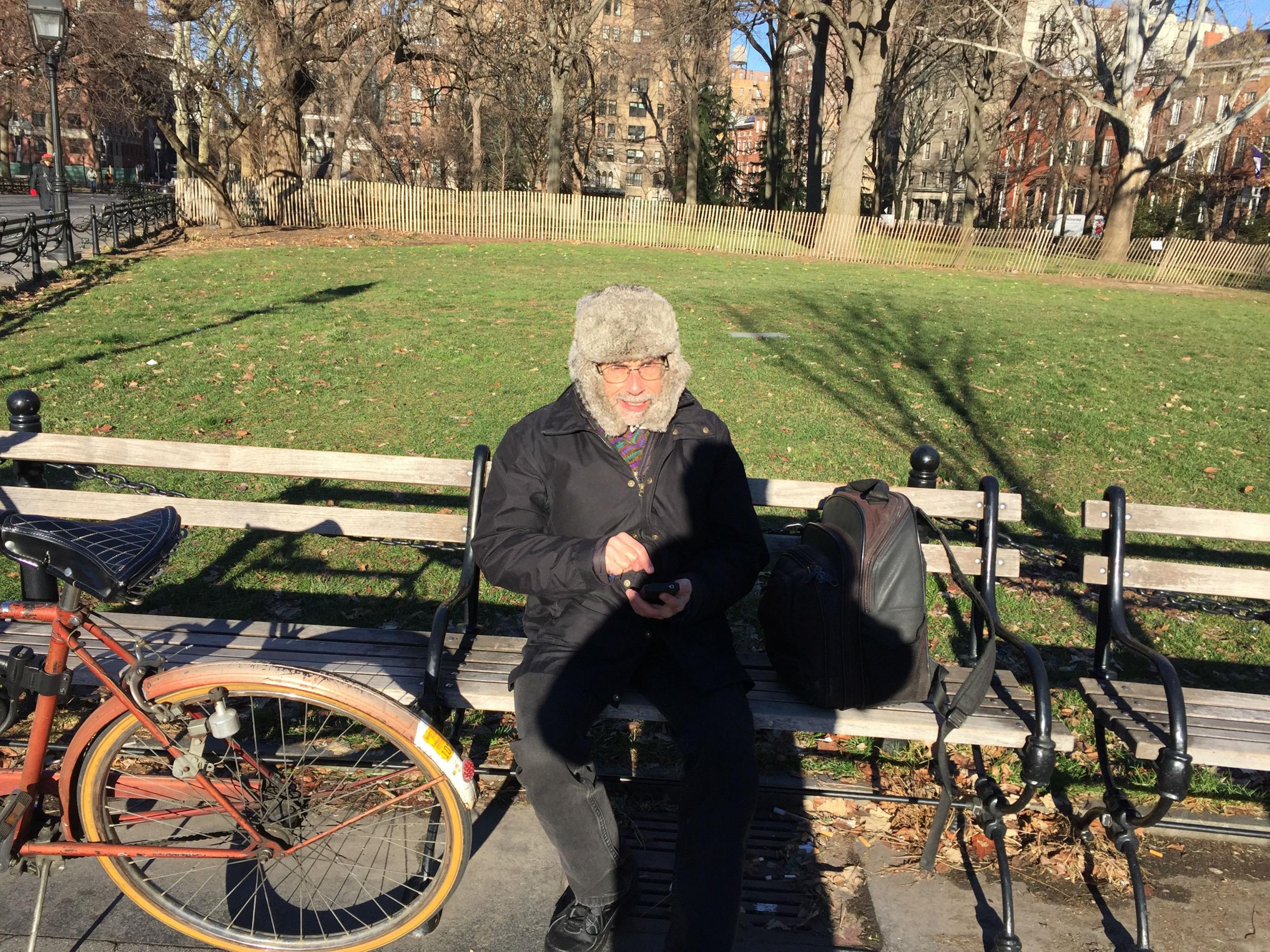David Bowie's favourite place in the city he called home
Bowie said New York City's Washington Square Park was a special and unique place
Your support helps us to tell the story
From reproductive rights to climate change to Big Tech, The Independent is on the ground when the story is developing. Whether it's investigating the financials of Elon Musk's pro-Trump PAC or producing our latest documentary, 'The A Word', which shines a light on the American women fighting for reproductive rights, we know how important it is to parse out the facts from the messaging.
At such a critical moment in US history, we need reporters on the ground. Your donation allows us to keep sending journalists to speak to both sides of the story.
The Independent is trusted by Americans across the entire political spectrum. And unlike many other quality news outlets, we choose not to lock Americans out of our reporting and analysis with paywalls. We believe quality journalism should be available to everyone, paid for by those who can afford it.
Your support makes all the difference.It was, according to David Bowie himself, his most favoured place in the city he came to call home.
Washington Square Park, surrounded by trees, centred by a foundation and overlooked by an archway that commemorates America’s first president, lies just a half-mile walk from the musician’s Soho home.
It is a hub for buskers and anti-war protesters, book-readers and dog-walkers, and Bowie said in 2003 that this place where people from all walks of life collide and mingle, represented something special to him.

On a bright cold Monday morning, people crossing the park, located on the edge of Greenwich Village, said they were not surprised that the musician held it in such regard. It was a place of creativity, energy, a place where somebody could be themselves, they said. On summer days, a piano is put out and people are encouraged to play.
“He is such an icon of weirdness. He brought people together,” said Shabnam Javdan, a professor of New York University, which has its part of its campus on the edge of the square, and who was walking to work.
“I think Greenwich Village is important culturally, a place in New York for people coming together. A place to be weird.”
Bowie’s association with Greenwich Village, once the city’s bohemian and creative heart, began in the 1970s. His 1975 hit Fame - his first, and one of only two US number one’s - was recorded at the village’s at Electric Lady Studios on West 8th Street.

Bowie eventually based himself in New York on a permanent basis in 1992. In 1999, he bought two buildings for $4m and and created a Penthouse at 285 Lafayette Street, one of several places around the world associated with Bowie where fans gathered to lay flowers on Monday. It is believed it was was at his home on Lafayette Street that he died after contracting cancer.
“I would not be surprised at all to hear this,” said Eric Treichel, a lawyer, who walks through the park every morning. “Greenwich village was originally a community of artists. In modern New York, it’s become gentrified like everything else.”
Bowie’s association with “the village” has seeped into the tourist itinerary. For many years, Bleecker Bob’s on 3rd Street was a record store where Bowie would drop by for rare vinyl. (It has since became a frozen yogurt shop).
According to reports, Bowie could occasionally be spotted with a book at Caffe Reggio on MacDougal Street, which first opened its doors in 1927. (The manager, Lena Batyuk, said on Monday she had herself not seen Bowie there.)

But it is the park itself - spacious, calm, bracing - that has come to be most associated with the musician, since he declared his devotion for it.
Eric Darton, a history teacher and writer, was sitting at one of the park’s benches, his bicycle standing near by, said the park had historically been an important location for Native Americans and was rich with water sources.
The park was also the site of battle between British and American forces.
On the west of the park is an elm tree where a British spy was apparently hanged, said Mr Darton, while the archway at the north was erected on the centenary of Washington being inaugurated as the first US president in 1789.

During the 1960s the park was at the centre of the folk music movement, as well as a congregation point for anti-war protesters.
“If you’d come here in the 1960s it would have been full of people with guitars,” he said.
“It still is a convergent point. And he brought people together, and his music brought different styles together. It’s hard to listen to Bowie without hearing all the different layers upon layers.”
One couple, hurriedly making their way across the park, were from California.
It was Sydney and Zach Veazey’s first time in the park and the brother and sister were not aware of its association with Bowie.
But by no small coincidence, the pair, who were visiting New York to check out possible places at NYU, had attended a performance of Bowie’s play, Lazarus, at the New York Theatre Workshop the evening before. The production has been regularly sold out but they managed to get last minute tickets.
“It was phenomenal,” said Mr Veazey. “And then we woke up to the news that he had died. Our father called from California. It was uncanny.”

Join our commenting forum
Join thought-provoking conversations, follow other Independent readers and see their replies
Comments